1. The city of Timbuktu
I would have liked to travel from Bamako to Timbuktu by boat, but the Niger river does not have enough water this season. I have to go by the road because there are no seats in the next planes and I don’t want to stay in Bamako for a week waiting for a flight.
Bamako is the capital of Mali and like all the capitals it is very busy and very polluted, though perhaps it is even worse here because almost all of the cars driving around are old crocks that make a lot of smoke and loud metalic noise because they have broken shock absorbers. Thus, I decided to go on a road trip, although when I tell this to my French compatriots they all smile as if it was a good joke
There are about a thousand kilometers to Timbuktu, I traveled 16 hours in the bus that finally put me down in a desert village called Douentza at three am in the morning, where a car took me and three other travelers to Timbuktu. The journey consisted of four hours of driving crazily, at a hundred kilometres an hour, on a sandy dirt road, with holes.
We bumped so much that we kept hitting our heads on the roof of the car and we had to hang on tight, tightening our seat belts as though we were on a plane.
We laughed a lot about our suffering and I nicknamed our driver, “Paris Dakar”.
At the end of the journey we had to put the car on a boat because Timbuktu is on the other side of the river about 15 kilometers away.
Timbuktu has been a destination for adventurers, explorers and travelers since the Middle Ages.
It is called the door of the desert, and it has the immensity of the Sahara in front of it and the powerful Niger river behind it.
From the river came the wealth of Africa, precious woods, precious metals and unfortunately also the slaves, men, women and children born free, then stolen from their families and sold as servants.
The Tuaregs, who are the masters of the desert, transported everything all the way to the Mediterranean.
This privileged position brought great wealth to the city that used it to build and finance schools and universities to make Timbuktu the beacon of Islamic knowledge and civilization throughout Africa.
One of the passengers in the car that we took from Douentza, is Abdul Wahid, the manager of one of Timbuktu’s famous ancient manuscript libraries.
The UNESCO world body classified these manuscripts as a World Heritage Patrimony, and last year sent a photographer to repertorize part of the documents and arrange for their protection together with the Timbuktu families who inherited them.
In the same car there was also a young entrepreneur who digs wells in the desert. This being really a good omen for my arrival as I came here with the idea of making a well to give water to the people of the desert.
| INDEX | Next |


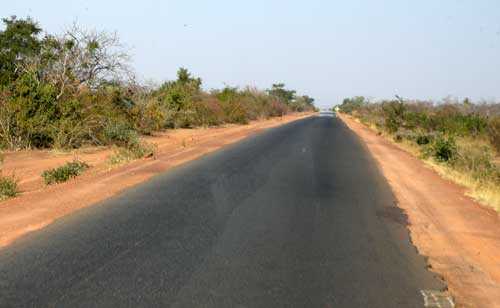
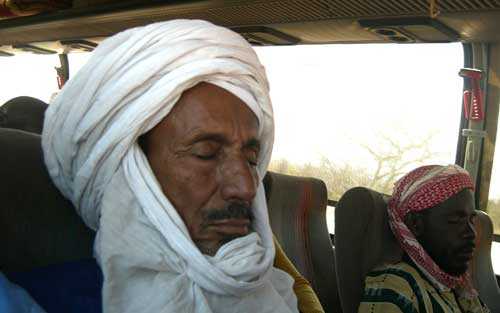

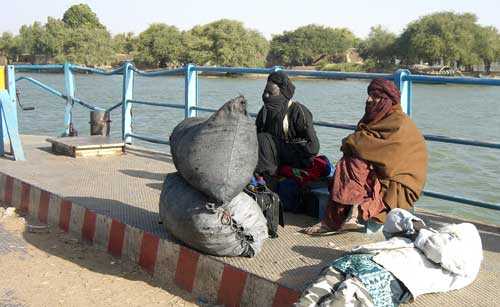
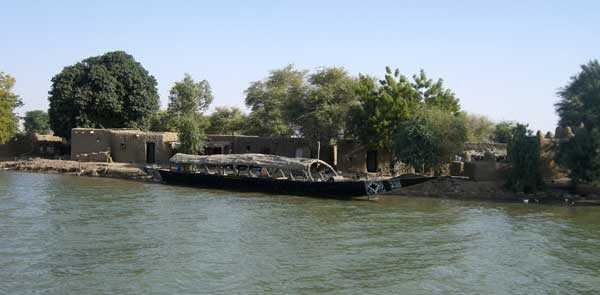
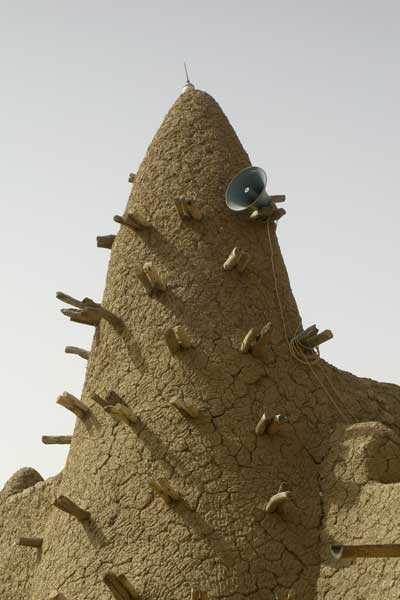













Timbuktu’s rich history as a crossroads of culture and commerce is truly fascinating. The city’s strategic position along the Niger River and its role in the trans-Saharan trade route made it a beacon of wealth and knowledge for centuries. It’s powerful to think about how this unique location not only shaped the history of the African continent but also contributed to the flourishing of Islamic scholarship and civilization. A place of both great prosperity and tragic stories, Timbuktu’s legacy continues to resonate through its manuscripts and historical significance.